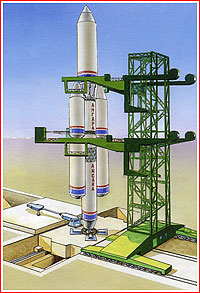
The Angara was a new all-Russian heavy launch vehicle designed in the 1990's to replace the Zenit (which was built by a Ukrainian company) and Proton (which had launch pads only on Kazakh territory). The booster was sized for rail transport of modular manufactured components to cosmodromes at Plesetsk and Svobodniy. The design featured a single modular core that could be clustered for large payloads or used as a first stage with a variety of existing upper stages. Lack of financing led to a very protracted development. A prototype was financed by the Korean government as the first stage of their KSR launch vehicle, and a full-up Russian Angara finally was launched in 2015.
Status: In production.
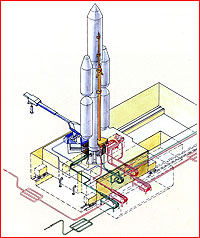
The booster would use engines developed for the Zenit. The first Angara design by Khrunichev featured a unique parallel fuel tank configuration in both first and second stages. This concept beat two competing NPO Energia designs: the Energia-M and a 'clean sheet' in-line concept. However the second stage was initially subcontracted to Energia by Khrunichev.
By 1999 the design had evolved to a very different scheme similar to the Evolved Expendable Launch Vehicles being developed for the US Air Force. The new design took into account commercial considerations and concentrated on development of a single modular core that could be clustered for large payloads and used as a first stage with a variety of existing upper stages.
This core was designated the Universal Rocket Module (URM). Production drawings were released in February 1999 and the cold flow test article was flown to the Paris Air Show and exhibited in the summer of 1999. By that time a total of 19 possible variants of the launch vehicle had been studied. The plan at that time was for the construction of three ground-test articles to be followed by three test flights beginning by the end of 2000 and completed by June 2001. First launches would be from the former Zenit pad at Plesetsk.
As of 2008 funding problems continued, and no flight tests had been conducted. Instead South Korea had provided funds to develop a version of the Angara as its KSR booster. The Russian Angara finally flew in 2015.
From : Astronautix
GENERAL INFO
- Predecessor: Angara (1995 design) (Alpha version)
- Successors 2 craft(s)
- Created On: Android
- Game Version: 0.9.704.0
- Price: $99,017k
- Number of Parts: 187
- Dimensions: 84 m x 19 m x 7 m
PERFORMANCE
- Total Delta V: 12.6km/s
- Total Thrust: 31.5MN
- Engines: 28
- Wet Mass: 8.65E+5kg
- Dry Mass: -209,905kg
STAGES
| Stage | Engines | Delta V | Thrust | Burn | Mass |
|---|---|---|---|---|---|
| 1 | 4 | 4.6km/s | 19.1MN | 1.7m | 8.59E+5kg |
| 2 | 0 | 0m/s | 0N | 0s | 7.93E+5kg |
| 3 | 8 | 8.0km/s | 7.0MN | 2.4m | 4.06E+5kg |
| 4 | 0 | 0m/s | 0N | 0s | 2.49E+5kg |



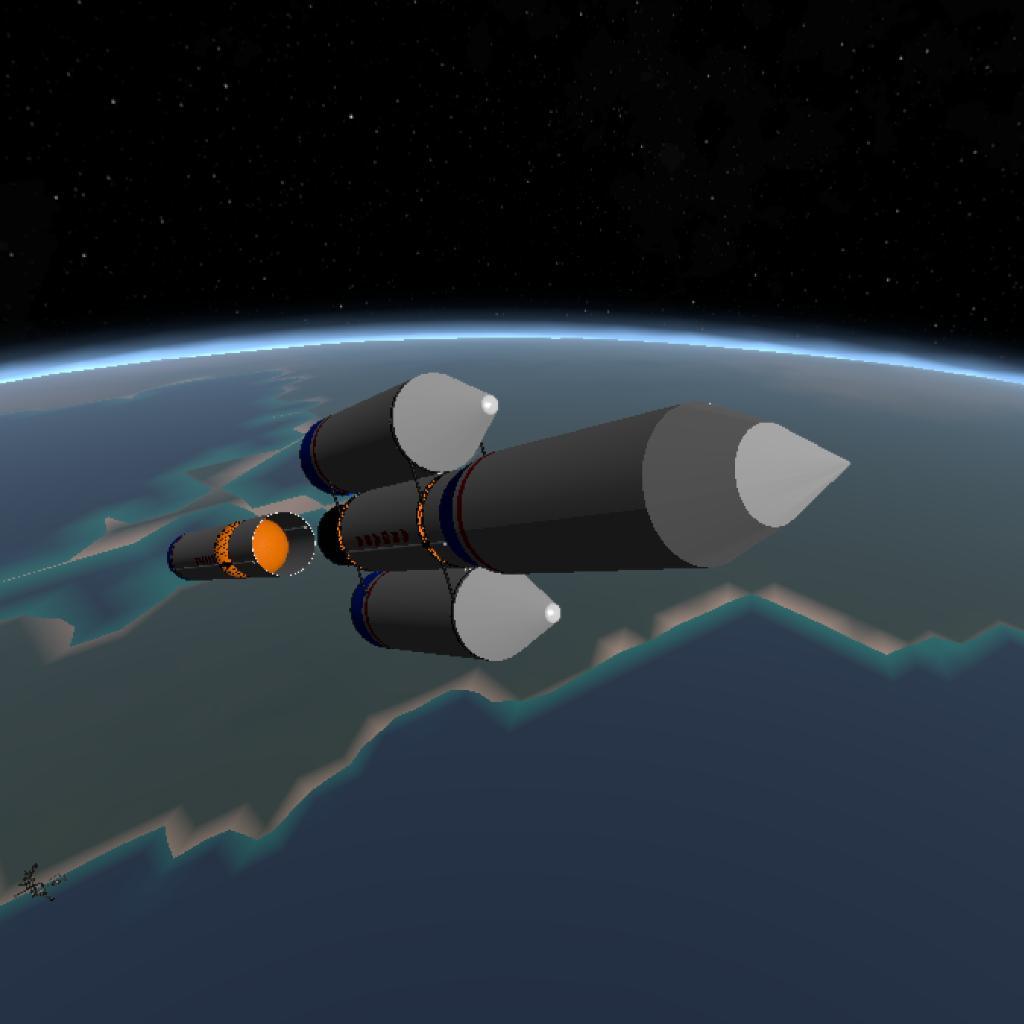
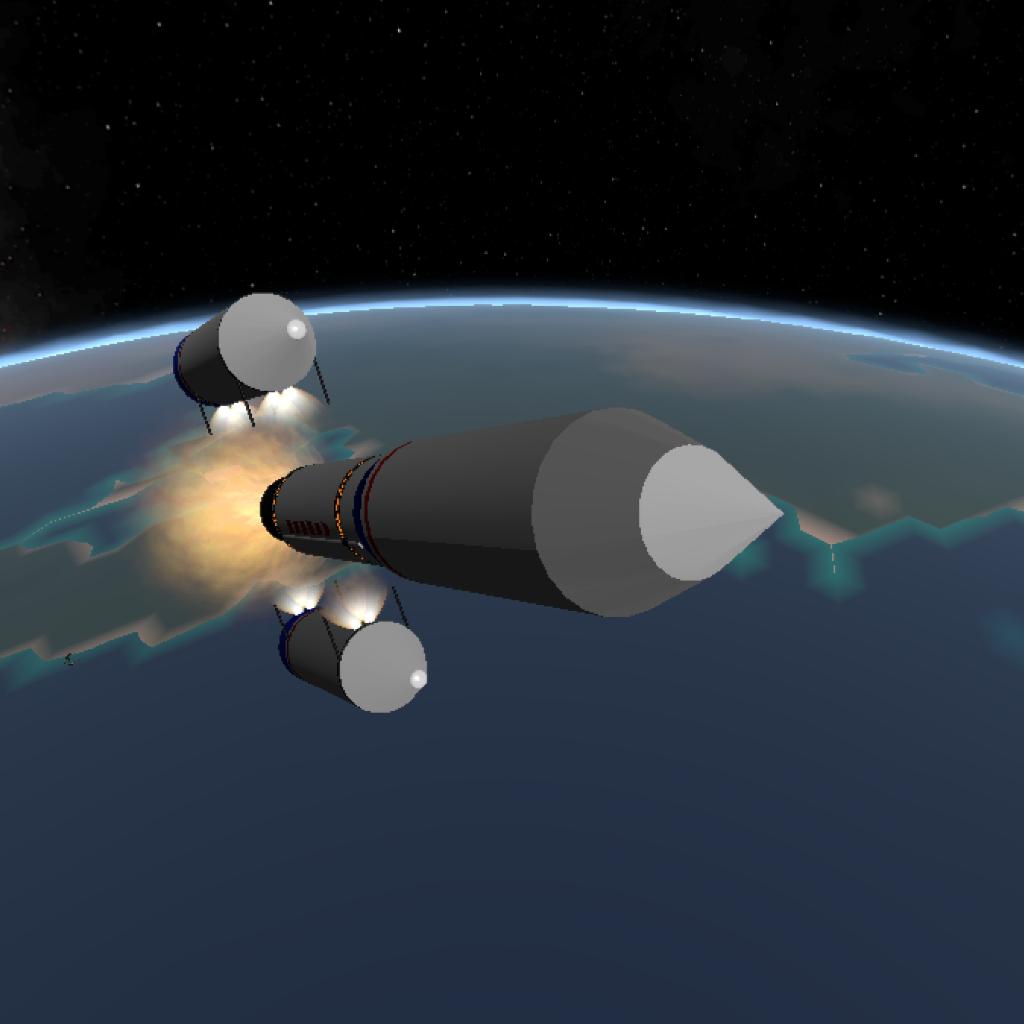
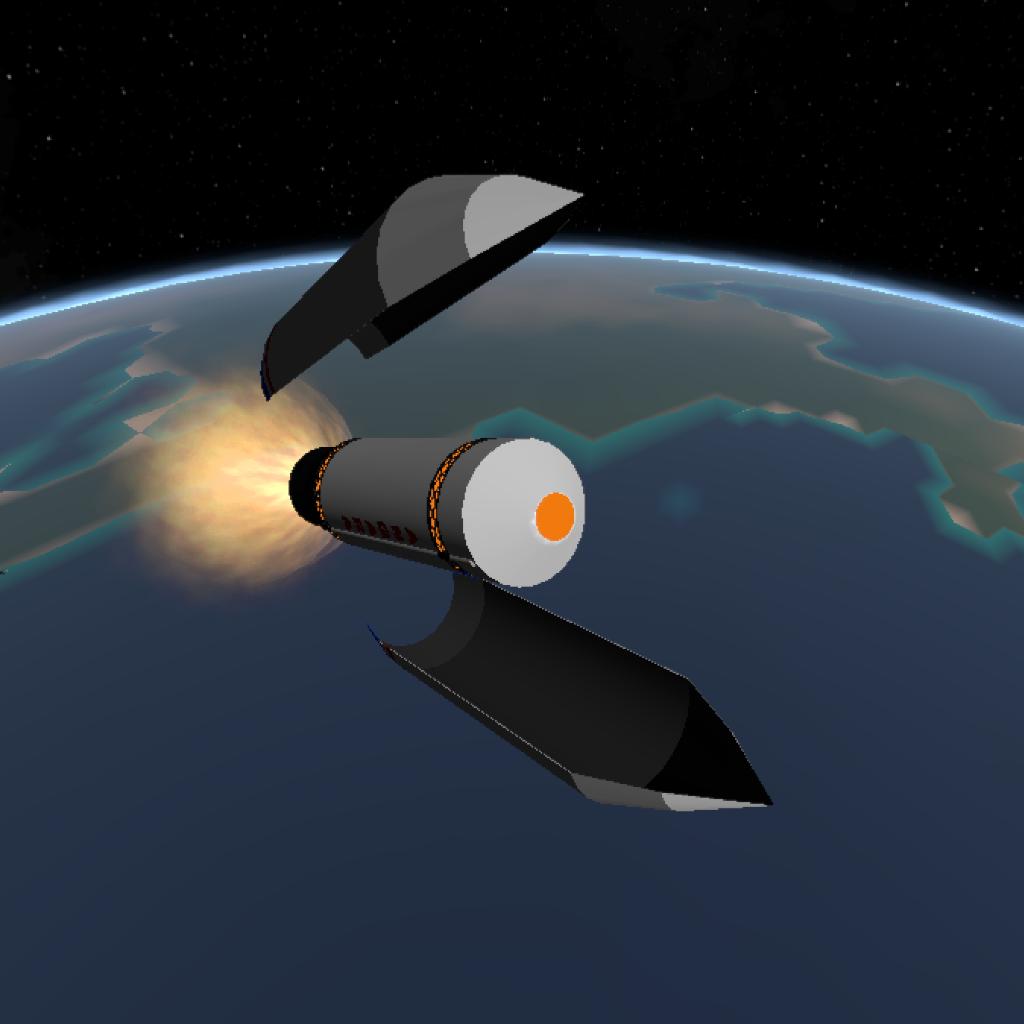
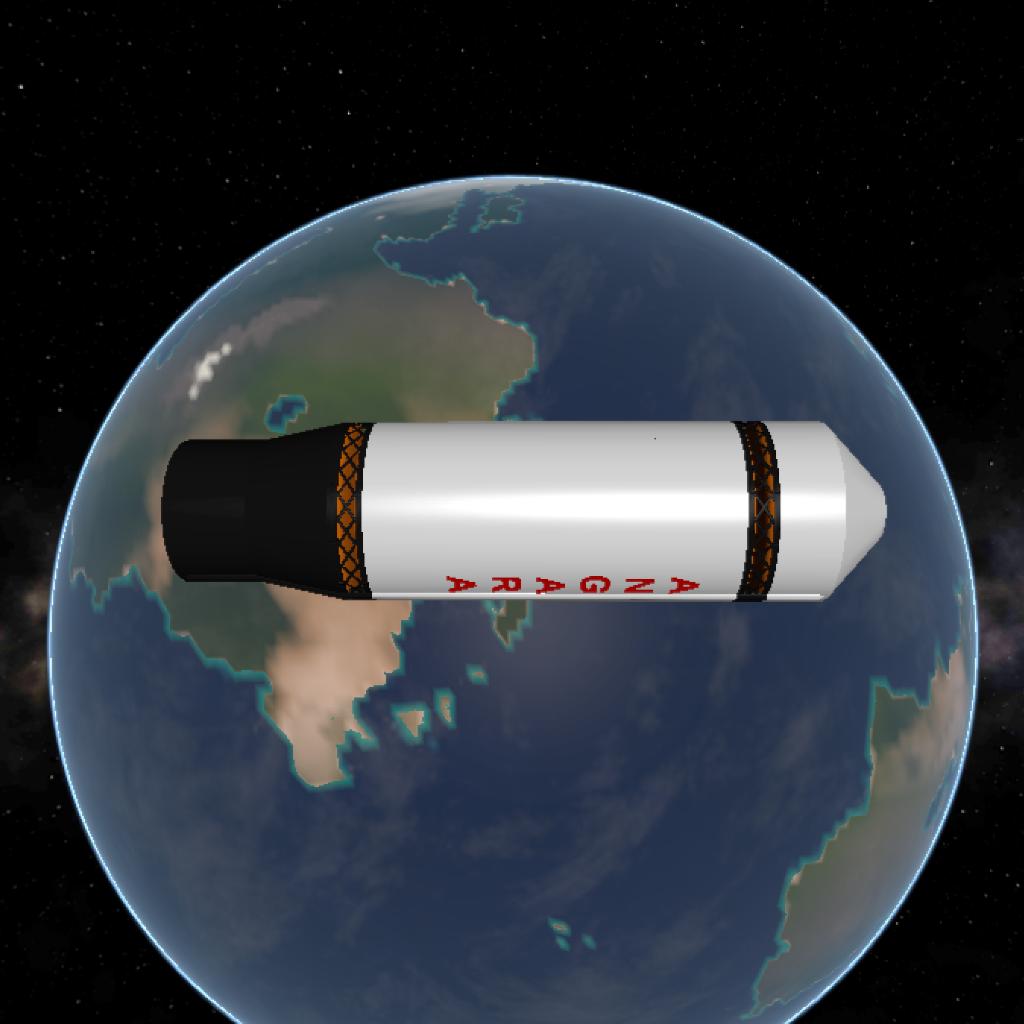



@BlueStar @rocketcrazy Thanks